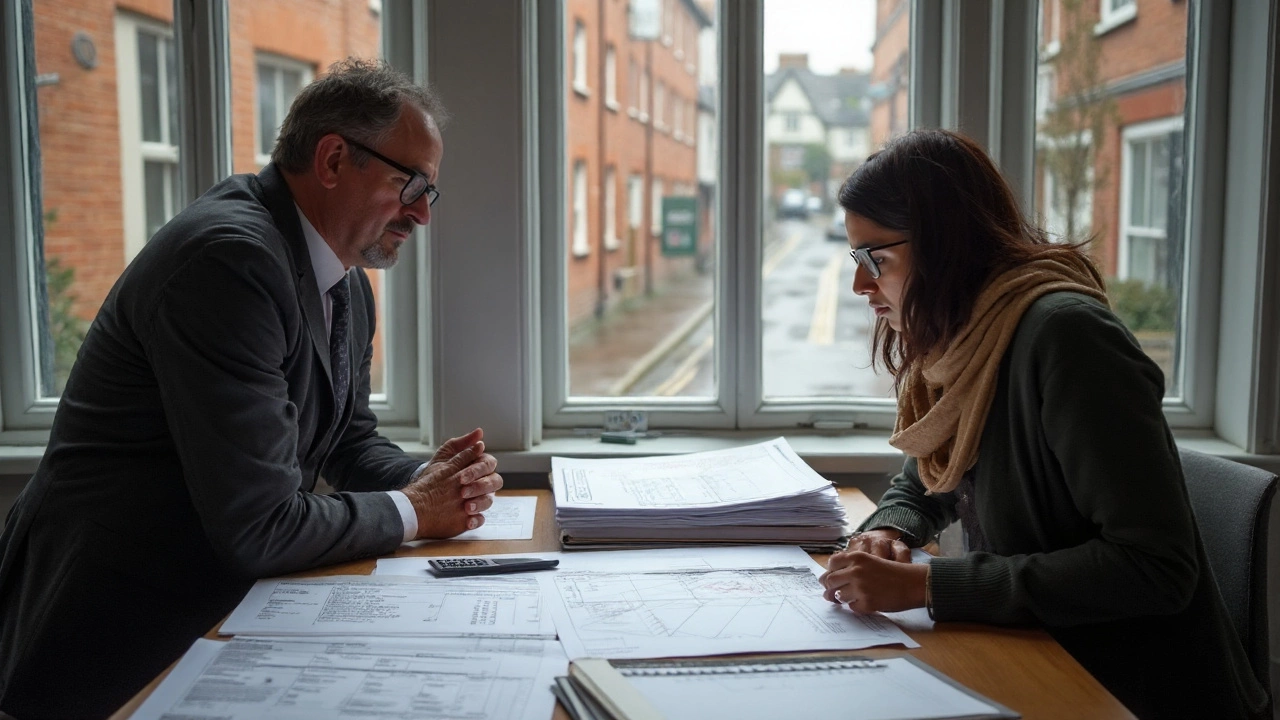Eco-Friendly Home: Practical Tips for a Greener House
Thinking about making your home kinder to the planet? You don’t need a full remodel or a huge budget. Small changes add up, and the right materials make a big difference. Below you’ll find the most useful ideas to start saving energy, cutting waste, and feeling good about where you live.
Green Materials You Should Choose
When you build or renovate, pick materials that stay low on carbon. Natural timber from certified forests, straw‑bale walls, and recycled‑content bricks are all great picks. They use less energy to produce and can be recycled at the end of their life.
Amy from Cornwall swapped her old loft insulation for sheep’s wool. She says the house feels cozier and the heating bill dropped by 15 %. Wool insulation breathes, so it avoids mould and lasts decades.
Look out for products labeled “low VOC” or “zero formaldehyde”. Paints and finishes with these labels release fewer chemicals, keeping indoor air clean. If you’re buying flooring, cork or reclaimed wood give a warm look without the environmental hit of new hardwood.
Simple Everyday Practices
Even if your walls are already built, daily habits can shrink your carbon footprint. Turn off lights the moment you leave a room – a habit that saves both energy and money. Swap traditional bulbs for LED – they use up to 80 % less power and last ten times longer.
Water savings are easy too. Install a low‑flow showerhead and fix leaky taps right away. A single drip can waste over 3,000 liters a year.
Cooking smarter helps too. Use lids on pots, match burner size to pan size, and batch‑cook to reduce the oven’s on‑time. When possible, choose a microwave for reheating – it uses far less energy than a full oven.
Smart thermostats are a game‑changer. They learn when you’re home and lower heating when you’re out, cutting unnecessary heating costs. Pair it with a timer on your hot water cylinder for even better savings.
If you have a garden, grow a few herbs or veggies. Fresh produce means fewer trips to the store and less packaging waste. Compost kitchen scraps to feed the soil, reducing landfill impact.
Finally, think about your waste. Set up separate bins for recycling, compost, and landfill. A simple three‑bin system in the kitchen makes sorting effortless.
Start with one or two changes and watch the benefits stack up. Your eco‑friendly home will feel more comfortable, cost less to run, and help the planet – all without a massive overhaul.
Eco-Friendly Home Limits in the UK (2025): Planning, Costs, and Trade-offs
Real limits to building green in 2025 UK: planning rules, costs, grid, materials, skills, and climate. Practical fixes, costs, and checklists you can use now.
